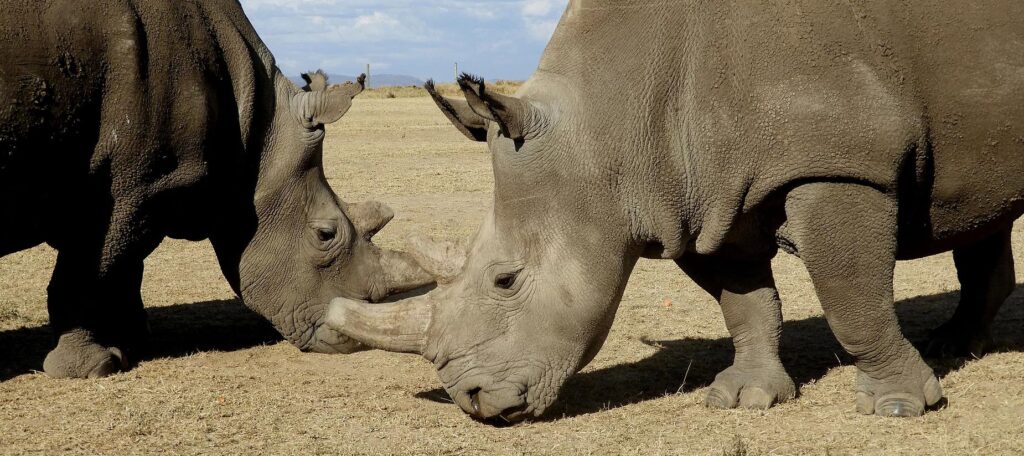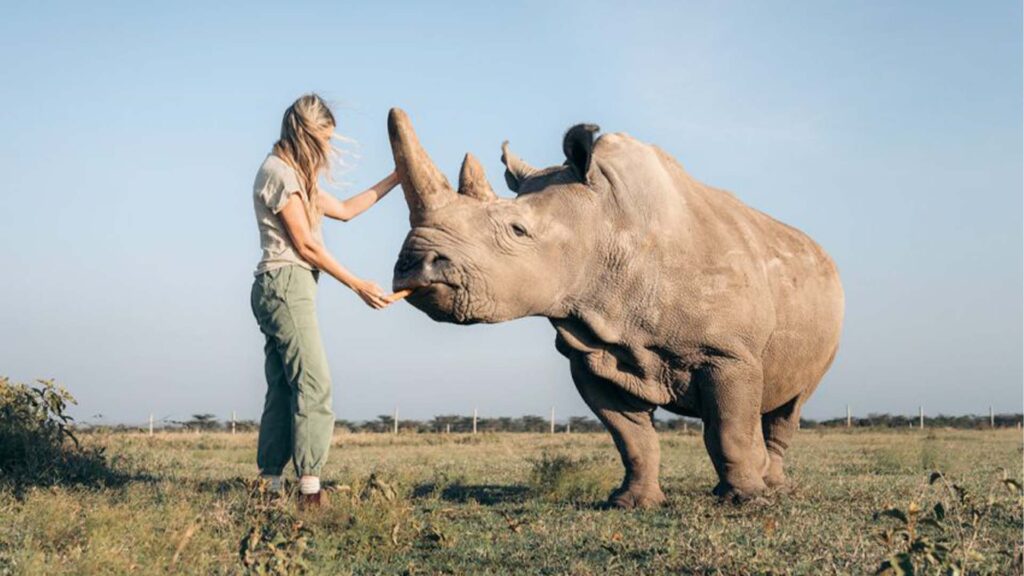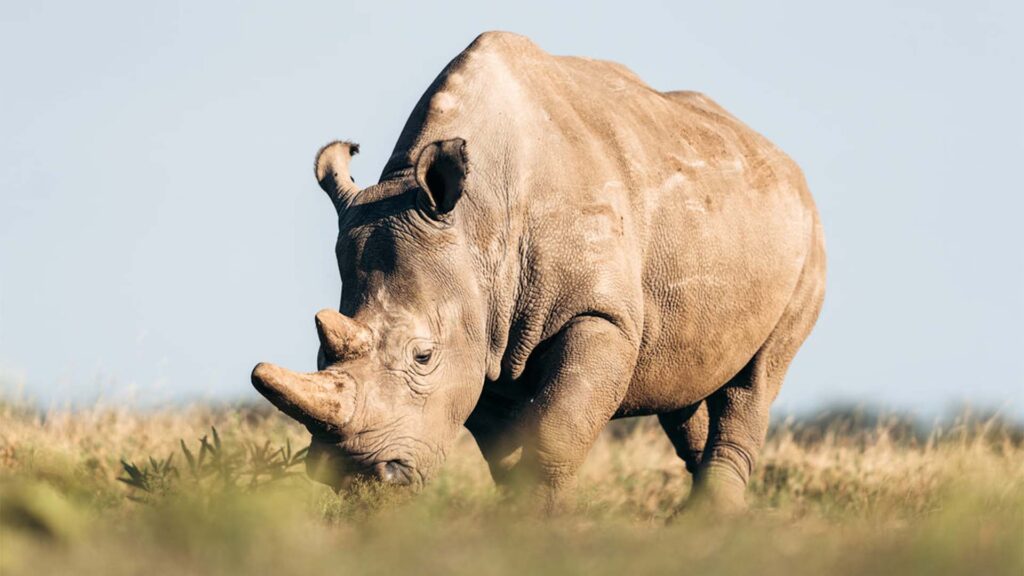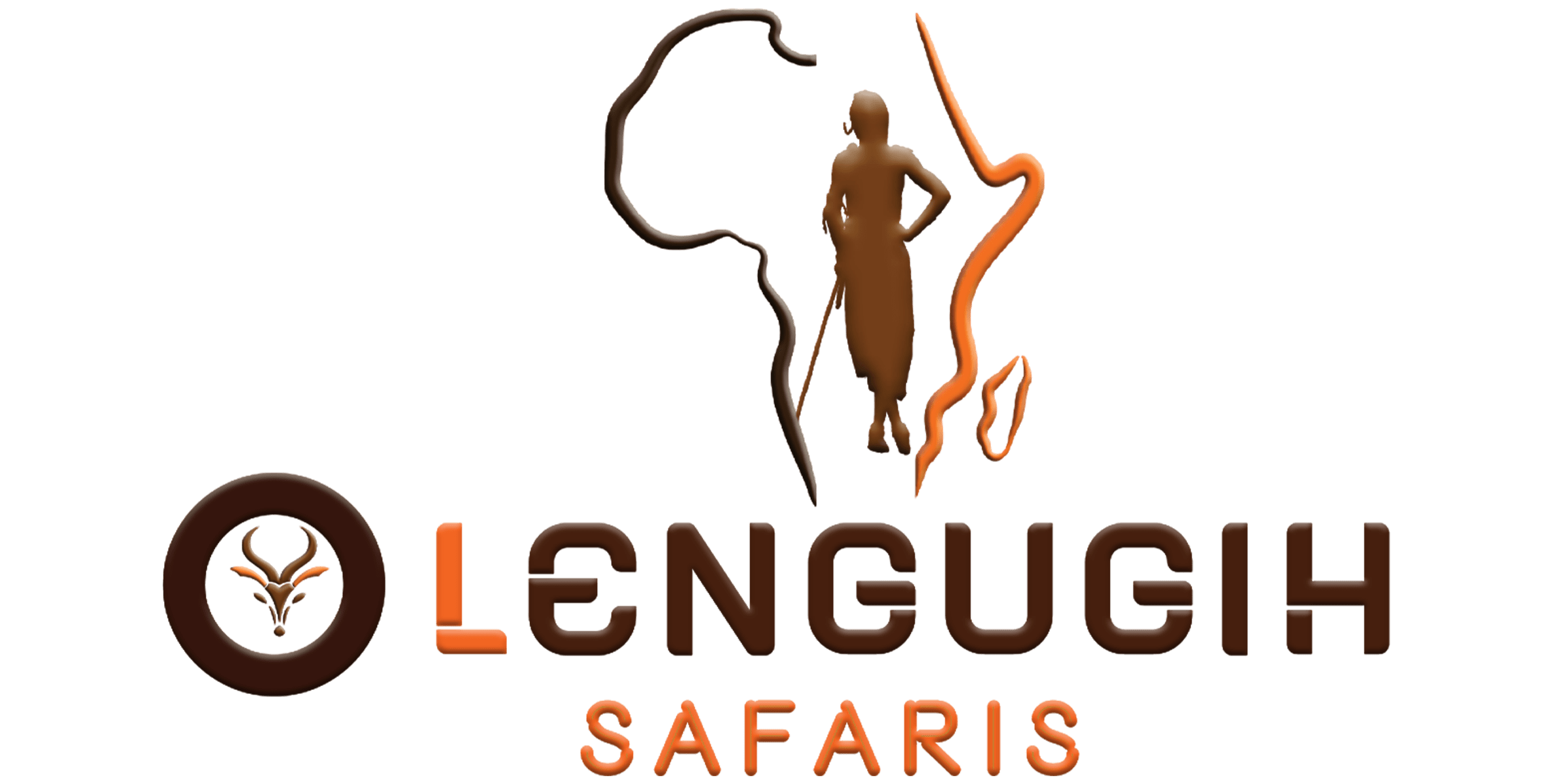The Last Two Survivors
The future of the northern white rhino is at a critical point. Only two remain—Najin and Fatu, both females. With no males left, natural reproduction is impossible. However, scientists are working tirelessly to find a solution for saving the Northern white rhino from extinction.
In 2009, four northern white rhinos—two males and two females—were transferred to Ol Pejeta Conservancy in Kenya. Conservationists hoped that placing them in their natural habitat would encourage breeding. Despite attempts, neither Najin nor Fatu conceived. Over time, both males died. Suni, aged 34, passed away in 2014 due to natural causes. Sudan, the last male, died in 2018 from age-related complications. His death left Najin and Fatu as the last of their kind, and neither is capable of carrying a pregnancy.

Collecting Eggs and Sperm
Despite these challenges, researchers are advancing reproductive technology to ensure saving the Northern white rhino remains possible. Scientists have preserved sperm from deceased northern white rhino males, including Sudan and Suni. Initially, artificial insemination was attempted, but it failed. Scientists then turned to in-vitro fertilization (IVF), requiring the collection of eggs from Najin and Fatu.
Retrieving eggs from rhinos is extremely difficult. The eggs are stored 1.5 meters inside the reproductive tract, making access nearly impossible. To solve this, Dr. Thomas Hildebrandt designed a specialized tool. A long tube with a delicate needle was developed to extract eggs via the rhino’s rectum. In 2019, the team successfully collected 19 eggs from Najin and Fatu, bringing new hope for saving the Northern white rhino.

Creating Viable Embryos
Once the eggs were collected, they were sent to Italy for fertilization under the guidance of Dr. Cesare Galli, an expert in IVF. Galli had previously succeeded in creating embryos from southern white rhinos. Using similar techniques, he successfully fertilized the northern white rhino eggs with stored sperm. The process involved electrically stimulating the eggs to encourage fertilization. The first batch of eggs produced two embryos in 2019, followed by another embryo from the second collection. These embryos are now preserved, awaiting implantation into a surrogate mother.
Finding a suitable surrogate proved to be another obstacle. Neither Najin nor Fatu could carry a pregnancy. Fatu, at 19 years old, had no uterine lining, preventing embryo attachment. Her mother, Najin, at 30, had weak hind legs, making pregnancy too risky. Scientists turned to southern white rhinos as potential surrogates, offering the best chance at saving the Northern white rhino.

Implanting the Embryos
Implanting the embryos into southern white rhino surrogates has been challenging. Scientists realized they lacked crucial knowledge about rhino reproductive cycles. Unlike humans, rhinos do not have menstrual cycles. Instead, some species, like cats, release eggs only during mating. Understanding the best timing for implantation became critical.
To improve success rates, researchers introduced a sterilized southern white rhino bull named Owuan to a group of potential surrogate females at Ol Pejeta. By monitoring natural mating behavior, scientists could determine the best moment to implant an embryo. This innovative approach could significantly increase the chances of a successful pregnancy, bringing saving the Northern white rhino closer to reality.
A Future for the Northern White Rhino
In December 2020, the BioRescue team confirmed the successful sterilization of Owuan, ensuring he could not father calves but would still trigger natural reproductive behaviors in females. This strategy could lead to the first successful embryo implantation, marking a breakthrough in saving the Northern white rhino.
The fight to prevent extinction is far from over, but these scientific advancements provide hope. If successful, the northern white rhino could return from the brink, proving that dedicated conservation efforts and technological innovation can rewrite history. Saving the Northern white rhino is no longer just a dream—it is a mission that the world must accomplish.

.
